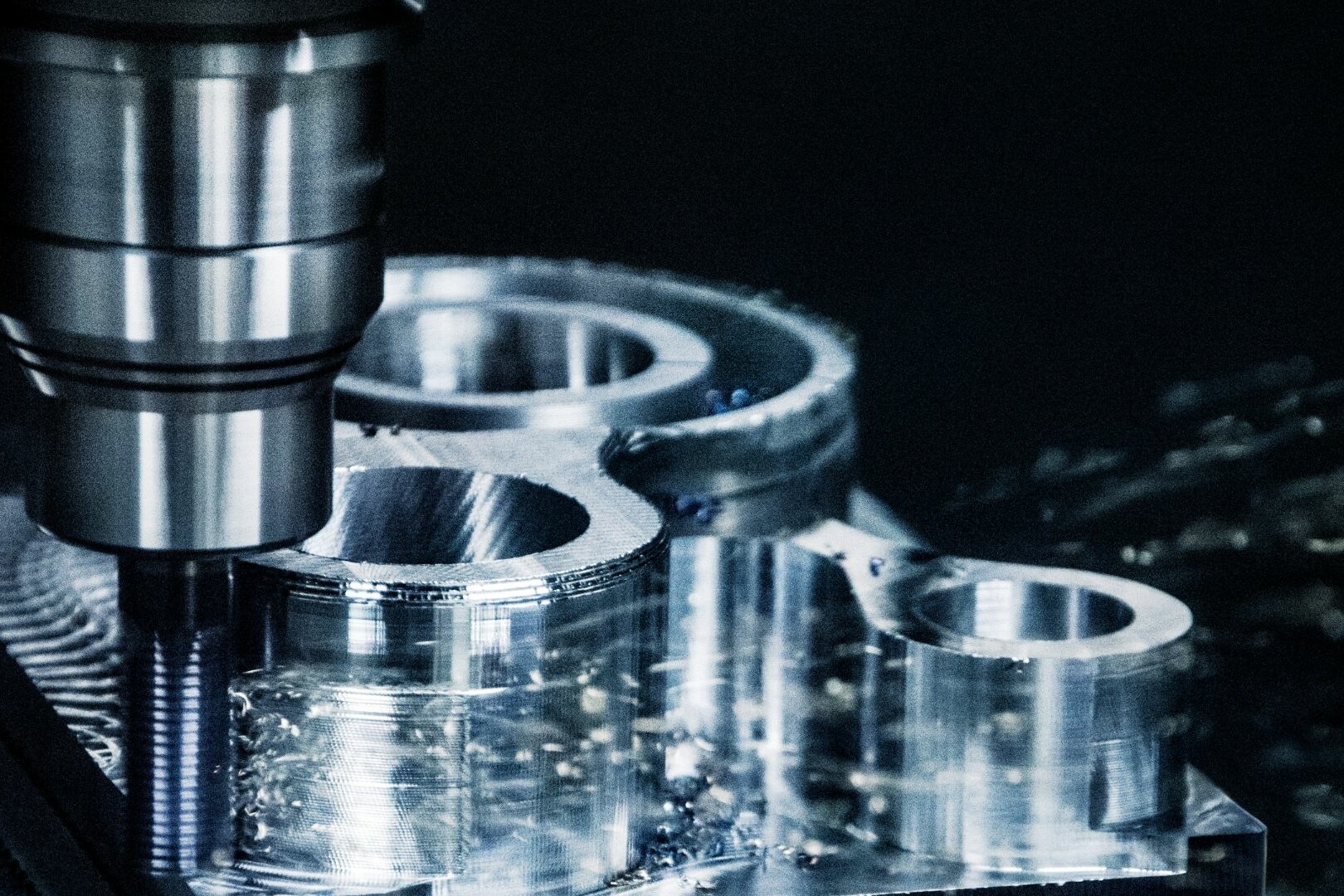Conveyors are vital components in various industries, facilitating the movement of materials efficiently and continuously. Regular maintenance is essential to prevent unexpected downtime, extend equipment lifespan, and improve operational efficiency.
Prevent Unexpected Downtime
Regular maintenance helps identify and address potential issues before they escalate into major problems, minimizing the risk of unexpected downtime. By conducting routine inspections and addressing minor repairs promptly, businesses can ensure uninterrupted operation of their conveyor systems.
Extend Equipment Lifespan
Conveyor systems are subjected to significant wear and tear during operation. Regular maintenance, including lubrication, cleaning, and component inspection, helps reduce friction, minimize wear, and prolong the lifespan of critical components such as belts, rollers, and bearings.
Improve Efficiency
Properly maintained conveyors operate more efficiently, resulting in smoother material handling processes and optimized workflow. By keeping belts properly tensioned, rollers aligned, and components well-lubricated, businesses can enhance the overall performance of their conveyor systems, leading to increased productivity and reduced operating costs.
Maintenance Tasks to Perform
Inspect Belts and Rollers
Regular inspections of conveyor belts and rollers are crucial to detect signs of wear, damage, or misalignment. Visual inspections should be conducted regularly, with particular attention paid to belt tension, tracking, and any signs of fraying, cracking, or uneven wear on the surface.
Lubricate Parts
Proper lubrication of conveyor components such as bearings, chains, and sprockets is essential to reduce friction, prevent corrosion, and ensure smooth operation. Lubricants should be applied according to manufacturer recommendations, taking into account factors such as load, speed, and operating conditions.
Check Alignment
Misaligned conveyor components can lead to uneven wear, increased friction, and potential damage to the system. Regular alignment checks should be performed to ensure that belts, rollers, pulleys, and other components are properly aligned and adjusted to maintain optimal performance.
Clean Equipment
Keeping conveyor equipment clean is essential to prevent buildup of debris, dust, and contaminants that can interfere with operation and cause premature wear. Regular cleaning should include removal of accumulated debris from belts, rollers, and other components, as well as cleaning of surrounding areas to maintain a clean and safe work environment.
Tighten Bolts and Fasteners
Vibration and constant movement can cause bolts, fasteners, and other connections to become loose over time. Regular inspections should include checking for loose or missing bolts and fasteners and tightening them as needed to ensure structural integrity and prevent potential hazards.
When to Schedule Maintenance
According to Manufacturer Recommendations
Manufacturers provide guidelines and recommendations for maintenance intervals based on factors such as equipment type, operating conditions, and expected lifespan. Following manufacturer recommendations ensures that maintenance tasks are performed at appropriate intervals to maximize equipment performance and longevity.
Based on Run Time
Monitoring conveyor run time can help businesses schedule maintenance more effectively, ensuring that tasks are performed before components reach the end of their service life or begin to exhibit signs of wear or deterioration. Tracking run time allows for proactive maintenance planning and minimizes the risk of unexpected failures.
After Noticing Problems
Prompt attention to any signs of abnormal operation or performance issues is essential to prevent minor problems from escalating into major failures. If unusual noises, vibrations, or other symptoms are observed during operation, maintenance should be scheduled immediately to identify and address the underlying cause.
Safety Precautions
Lockout/Tagout Procedures
Conveyor maintenance often requires workers to perform tasks such as inspection, cleaning, and repairs in close proximity to moving parts and equipment. Lockout/tagout procedures should be followed to ensure that energy sources are isolated and equipment is safely de-energized before maintenance activities begin, preventing accidental startup and minimizing the risk of injuries.
Personal Protective Equipment
Workers performing conveyor maintenance tasks should wear appropriate personal protective equipment (PPE) to minimize the risk of injuries. This may include safety glasses, gloves, hearing protection, and high-visibility clothing, depending on the specific hazards associated with the maintenance activities being performed.
Documentation
Keep Maintenance Logs
Maintaining detailed records of maintenance activities, including inspections, repairs, and replacements, is essential for tracking equipment performance, identifying trends, and ensuring compliance with manufacturer recommendations and regulatory requirements. Maintenance logs should be kept up-to-date and easily accessible for reference.
Note Repairs and Replacements
Documentation should include thorough documentation of any repairs or replacements performed on conveyor systems, including details such as the date, nature of the work, parts replaced, and any additional observations or recommendations. This information helps track the history of maintenance and informs future decision-making regarding equipment upkeep and replacement.
Conclusion
Proper maintenance of conveyor systems is essential to protect uptime, extend equipment lifespan, and optimize operational efficiency. By following recommended maintenance tasks, scheduling routine inspections, and adhering to safety protocols, businesses can minimize the risk of unexpected downtime and costly repairs, ensuring continued productivity and maximizing their return on investment. For major repairs or upgrades, it is advisable to consult with experienced professionals to ensure the best possible outcomes and long-term reliability of conveyor systems.
Recommended Blog Posts
September 4, 2023
Powerful Signal Analysis Tools for Vibration Analysis
Predictive maintenance, crucial for machinery reliability, heavily relies on vibration analysis. Techniques like FFT…
September 4, 2023
Rotating Machinery Vibration Analysis
Vibration analysis is a critical tool in various industries like manufacturing, power generation, and transportation.…
December 28, 2022
Fault Diagnostic Technique Using Machine Mode Similarity Analysis
AI can diagnose machine faults with vibration data but machine mode similarity analysis is an alternative, it uses…
September 15, 2022
Understanding Rotating Machinery Data
Machine data is generated by physical attributes and actions of machines, collected by sensors and analyzed for…
August 6, 2021
Envelope Analysis
Bearings are critical elements in rotating machines, they support radial and axial loads, and reduce friction. Real…
May 6, 2021
What is Cepstral Analysis?
Cepstral Analysis, a tool used to detect periodicity in frequency spectrum, can be useful in gearbox fault detection in…
October 9, 2020
How is Fault Detection Performed?
Vibration measurements and analysis, using multiple parameters, can identify developing problems in machinery before…
September 21, 2020
Parameter Selections in Vibration Measurement
Vibration measurements are used to determine the response of machines to forces and identify potential issues. It is…
September 4, 2020
What is Vibration Analysis?
Vibration analysis can be used to discover problems in machines and predict when they might fail. It can significantly…
Discover Our Products
Sensemore Predictive Maintenance Solution
If you enjoyed this blog, explore our Predictive Maintenance Solution page.











